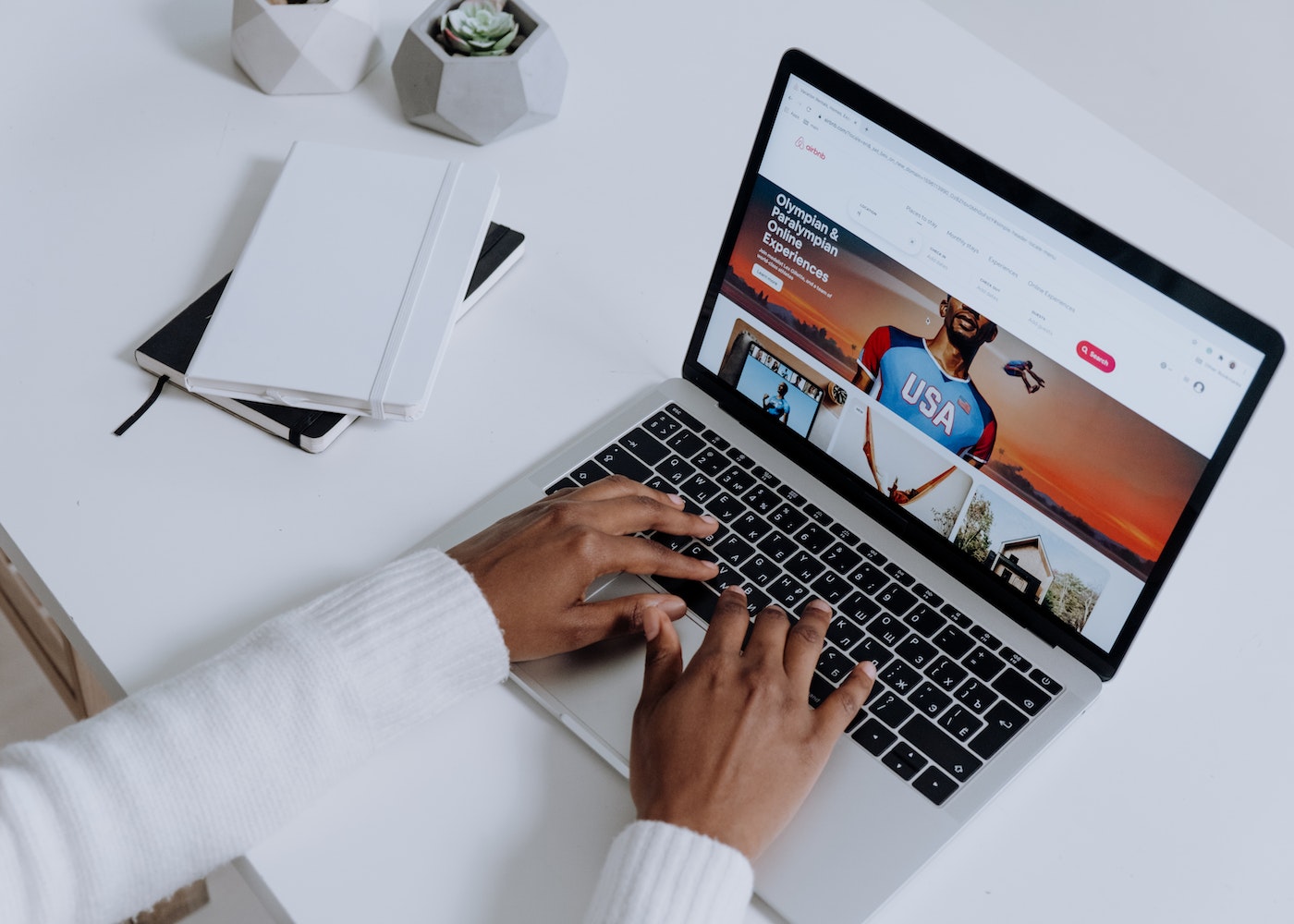Form-meets-function design is a concept that embraces the
idea of combining aesthetics with performance. It is about creating designs
that are not only visually appealing but also highly functional and efficient
in their use of resources. By balancing form and function, web developers can
create websites that are both beautiful and perform well for users. Balancing
design and performance is important because it enables developers to create
sites that look great while offering a positive user experience. When designing
websites, developers must consider how the layout will affect page loading
time, navigation, readability, accessibility and other elements of website
usability. Ensuring an optimal balance between visuals and performance will
ultimately result in better user engagement on your site.
Strategies for Balancing Design and Performance
Designing for mobile is an important part of balancing
design and performance. Mobile devices have different requirements than
desktops, so developers must take into account the size and type of device when
creating a website. This means using larger font sizes, fewer images, and
simplified navigation that will be easier to use on smaller screens.
Additionally, designing with responsive layouts allows content to adjust
depending on the user™s device or browser window size, ensuring users get an
optimal experience regardless of the platform they are using.
Finding the right fonts can also help balance design and
performance. Using too many fonts can slow down page loading times, while still
making it hard to read text due to inconsistent sizes or styles. Developers
should limit their font choices to two or three typefaces that complement each
other without competing for attention from users. This will help keep page loading
time down while still providing users with a pleasant visual experience when
viewing your site™s content.
Utilizing grid systems and responsive layouts helps create websites that look great no matter what device they are viewed on. Grid systems give developers structure by allowing them to organize elements in a uniform way across all platforms; this ensures consistency between desktop and mobile versions of your website as well as improved load times since pages won't need additional HTML code for each version separately. Responsive layouts allow elements like headers, footers, sidebars, menus, etc., to adjust automatically based on screen size so every user gets an optimized version tailored just for them.

Choosing Web Design Features Based On Performance
Audio and video are powerful web design features that can be
used to bring a website to life. In order to ensure performance, developers
should make sure audio and video files are optimized for the web. This means
converting them into smaller file formats such as MP3 or OGG for audio, and Web
M or H. 264 for videos. Additionally, using HTML5 instead of Flash when
embedding media will help reduce page loading time since it is supported by
most modern browsers without any additional plug-ins required.
Interactivity on websites helps engage users with content in
ways static pages cannot match. However interactive elements must be designed
with performance in mind; this includes avoiding large scripts or animations
that could slow down page loading times or cause other problems like lagging
effects. Developers should also consider how interactive elements like forms
will affect user experience; simpler designs with fewer fields often provide
better results than complex ones requiring lots of input from users.
Large background images/videos can add atmosphere and
interest to a site but they can also have an adverse effect on load time if not
implemented properly. To prevent this issue, developers should use compressed
image formats such as JPEGs or GIFs which take up less space on servers while
still providing good quality visuals (however these won't work well with
videos). Additionally, if possible hosting backgrounds externally via services
like YouTube may improve performance since data centers there are usually
faster than those used by your own website host server.
Optimizing images is another key component of achieving high levels of performance from web design features. Compressing images helps reduce their size so they don™t take up too much disk space on servers, while resizing ensures they display correctly no matter what device they are viewed on. By following these steps designers can create visually stunning sites that perform well even under heavy loads due to fast page loading speeds from optimized assets

Testing for Performance
Testing for performance is an important part of web
development as it ensures that websites are running at optimal levels and
delivering the best user experience possible. Webpage speed test tools allow
developers to measure page loading times and identify areas where they can make
improvements. Popular tools like Google™s Page Speed Insights or Pingdom offer
a detailed analysis of how quickly pages load, what elements have the biggest
impact on performance, and recommendations for improvement. These tests should
be run regularly to ensure websites remain optimized even after making changes
to their codebase or content.
Browser testing is another key aspect of website
optimization. Different browsers render webpages differently due to varying
underlying technologies; this can lead to issues with page layout, functionality,
and overall user experience if not tested properly. By using a tool such as
Browser Stack developers can ensure compatibility across multiple browsers by
simulating them all in one place. This allows them to easily spot any potential
issues before releasing a site into production.
User testing provides invaluable insights into how users are interacting with your website which helps identify usability problems that may not be visible when viewing analytics data alone. Services like usertesting. com enables people outside of your team (who better represent real-world users) to provide feedback about its design, navigation, features, etc., allowing you to find out what works well and what needs improvement quickly without having guesswork involved. Additionally, technology such as heatmaps enables developers to see exactly where visitors are clicking most often so they can adjust the design accordingly if needed. Ultimately these techniques help create sites that perform better while providing a more enjoyable experience for visitors resulting in higher conversion rates over time

Best Practices for Optimizing Performance
Using a content delivery network (CDN) is an effective way
to improve the performance of your website. A CDN takes advantage of multiple servers
located across the globe, allowing it to store and deliver web pages faster
than if they were hosted on just one server. This helps speed up page loading
times by reducing latency and also offers greater protection against DDo S
attacks as there are multiple copies of each page stored in different places.
Additionally, using a CDN can reduce bandwidth costs since static files such as
images, videos, and scripts don't need to be downloaded from the origin server
every time they are accessed; instead, users get them directly from the closest
available CDN node.
Server-side caching is another important performance
optimization technique that can help reduce server load and speed up webpage
loading times. It works by storing previously requested data in memory or disk
storage so it can be quickly retrieved upon subsequent requests without having
to query databases or other external sources again. This significantly reduces
response time for dynamic webpages since only new information needs to be
generated while all other elements remain cached until changed or updated
manually by developers.
Browser-side caching improves performance when users return
to a website after their first visit. When someone visits a site for the first
time, browsers download resources including HTML documents, CSS stylesheets,
JavaScript files, images etc., from servers onto local machines for faster
access later on. The next time those visitors come back, instead of downloading
the same assets anew only modified parts will need to be fetched which greatly
speeds up response times resulting in a better user experience overall.
Conclusion
Balancing design and performance is an important part of
successful web development. By following best practices such as optimizing
audio/video files, avoiding large scripts or animations that could slow down
page loading times, using compressed image formats, hosting backgrounds
externally via services like YouTube and employing technologies such as content
delivery networks (CDN) and server-side caching developers can ensure their
websites remain performant while still providing a great user experience.
Additionally testing for performance regularly and browser compatibility are
key steps to ensuring sites continue to run smoothly over time. Ultimately by
understanding the importance of both design and performance developers can
create dynamic websites that offer users engaging experiences without
sacrificing speed or reliability.
If you wish to contribute to our blog, please email us on morhadotsan@gmail.com.























